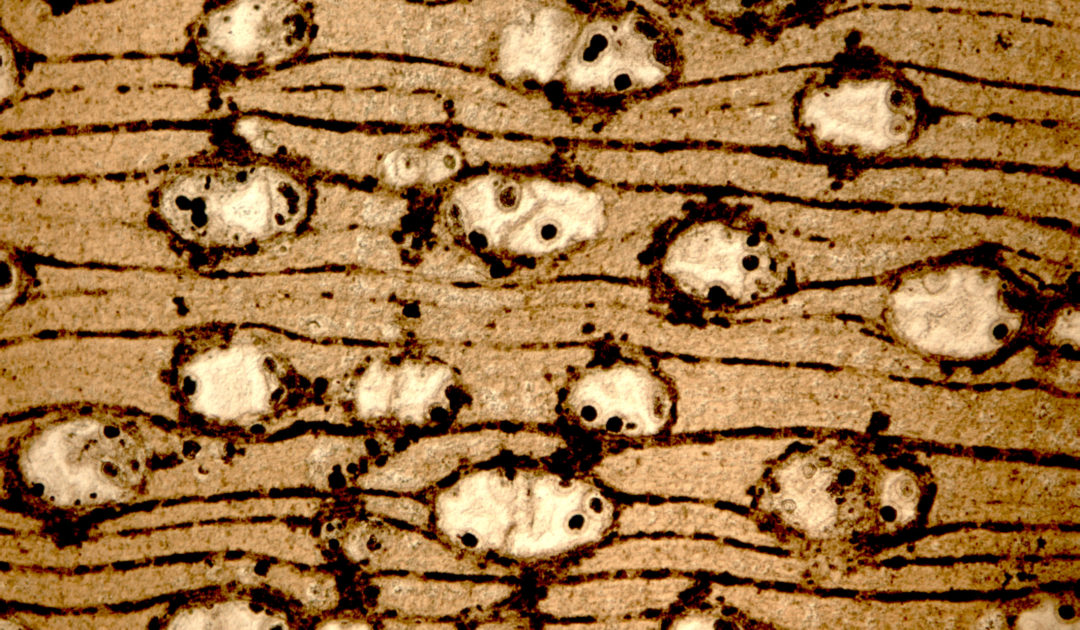Palaeobotany
Research
ROCEEH

With the oldest fossil remains of early Homo outside of Africa, the Caucasus plays an important role in human evolution. Being one of the few extra-tropical biodiversity hotspots, the region also offers rich food resources as the basis for human development and expansions. The scientific goal of this international project is the reconstruction of the vegetation history in the spatially complex area of the Southern Caucasus since the first settlement by humans in relation to climate. The development of a database on wild useful plants emphasizes vegetation as an essential resource of humans.
To shed light on potential corridors of early human expansions into Europe, we reconstruct larger-scale vegetation changes based on high-resolution pollen analyses of core material including the application of quantitative methods for climate and vegetation reconstructions. This will enable detailed insights in the regional response of Western Mediterranean vegetation on global climate change in the course of Early Pleistocene orbital climatic cycles. To put the results into a broader perspective, the comparison with other contemporary vegetation successions from Western Eurasia provides insights in larger-scale atmospheric circulation patterns in the Mediterranean realm and their changes with orbital forcing. This results in important implications for spatial and temporal fluctuations in the availability of resources and their influence on early human expansions in Europe.
Southwest Ethiopia is a kea research area for the cultural development of modern humans (Homo sapiens) and their expansion to Eurasia (Out of Africa 2). Well-preserved archaeological plant remains (charred wood and phytoliths) from rockshelter sites, located in the montane forest zone, offer the chance to reconstruct the local vegetation and its changes in relation to global and regional climate fluctuations during the last 50.000 years. A special focus of our research is the detection of early human impact on the vegetation, especially fire. Ethnobotanical data on the edible plants of the Afromontane forest and the adjacent vegetation zones are used for modelling the exploitation potential of the different plant communities for human foragers throughout the late Pleistocene and Holocene.
Koobi Fora is one of the most important areas for the evolution of early Homo and related hominins. Petrified woods from Koobi Fora with ages between 4.5 and 1.9 million years, contemporary with the hominin fossils, are valuable sources of information about the ancient vegetation. The good preservation of the petrified woods allows for low-level identification and will add valuable data on the palaeoenvironment during this critical period of hominin evolution.